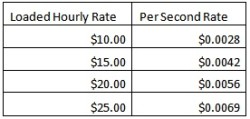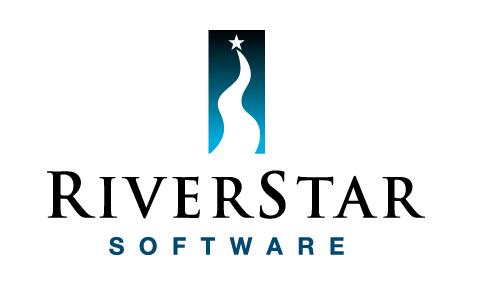Everyone involved in the contact center industry instinctively knows that seconds matter. Let’s explore how much they matter and one specific area where virtually all contact centers are letting those seconds slip away.
So, what is a second of agent time worth? That value obviously depends on the loaded hourly rate for the agent. [ For example, $10.00/60/60 = $0.0028 ]
According to industry research, more than 80% of contact center interactions require accessing multiple systems, with an average of four systems per call. In the best case, that's three system transitions per call. In reality, the average is more likely five or six. The agent likely has a main system they work in, but has to go to other systems to access specific information. So, the flow might be something like this:
- Agent works mainly in system 1
- Agent brings up system 2 to pull up order ID and copies it
- Agent returns to system 1 and pastes in order ID, then continues working
- Agent goes to system 3 to capture order shipping status and finds the order is still pending and hasn’t shipped
- Agent returns to system 1 and enters order status
- Agent goes to system 4 to check inventory status and finds an item in the order is back ordered
- Agent returns to system 1 and updates inventory status then completes the call
Each one of those transitions takes about 6 – 10 seconds to bring up the other system, get to the appropriate screen, and enter the required data to bring up the information that is required. In the example above, there are six transitions between systems. That means somewhere between 36 and 60 seconds of time is spent in system navigation. If we could provide a workflow and build an integration between system 1 and system 2, we could save 12 – 20 seconds on each call. Add integration between system 1 and the other two systems and that’s another 12 – 20 second savings per call each. If we assume a $15.00/hour loaded cost [$0.0042/sec], then this represents a savings of $0.05/call per integration [$0.0042 × 12]. If all systems are integrated with system 1, the total is $0.15/call.
If the average handle time is 5 minutes and the utilization in the center is 75%, then a full-time agent would handle roughly 9 calls per hour [9 = 60/5 × 0.75], or 1323 calls per month [1323 = 9 × 7 × 21]. Therefore, a workflow solution with integration between the systems would save $66, $132, or $198 per agent per month just by eliminating the seconds wasted during those system transitions, depending on the level of system integration.
RiverStar provides a workflow and integration engine that enables the interactions to be personalized, thus making them more effective. RiverStar provides a cloud-based, omni-channel Unified Agent Desktop supporting voice, chat, email and SMS. Applications built using the workflow and integration engine plug into the Desktop to provide a single unified work area for the agent. This integrated solution minimizes agent training requirements, reduces handle time, minimizes wrap time, increases accuracy, reduces operational costs, increases first call resolution rates and increases agent and customer satisfaction.
RiverStar has worked with NICE CXone to integrate our Unified Agent Desktop with NICE CXone’s virtual contact center platform to deliver a seamless experience to the agents and their customers. The end result of coupling NICE CXone’s platform with RiverStar’s Unified Agent Desktop is the ability to deliver outstanding customer service while simultaneously reducing operations costs.
Please seek out RiverStar during ICUC 2015, where they are a Gold Sponsor, to learn more about how system integration can optimize your contact center operations.




